Extreme Habitats Life on the edge of existence

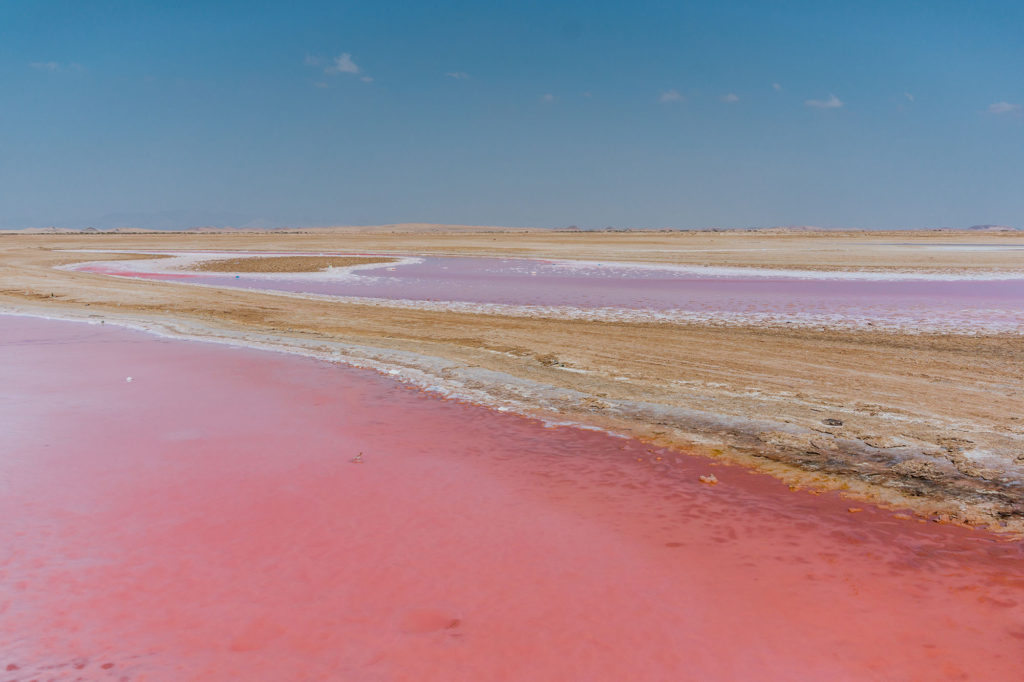
Extreme Habitat Outcomes
-
Describe how food webs exist in caves.
-
Provide examples of organisms that live in extreme habitats.
-
List the conditions that may support life beyond Earth.
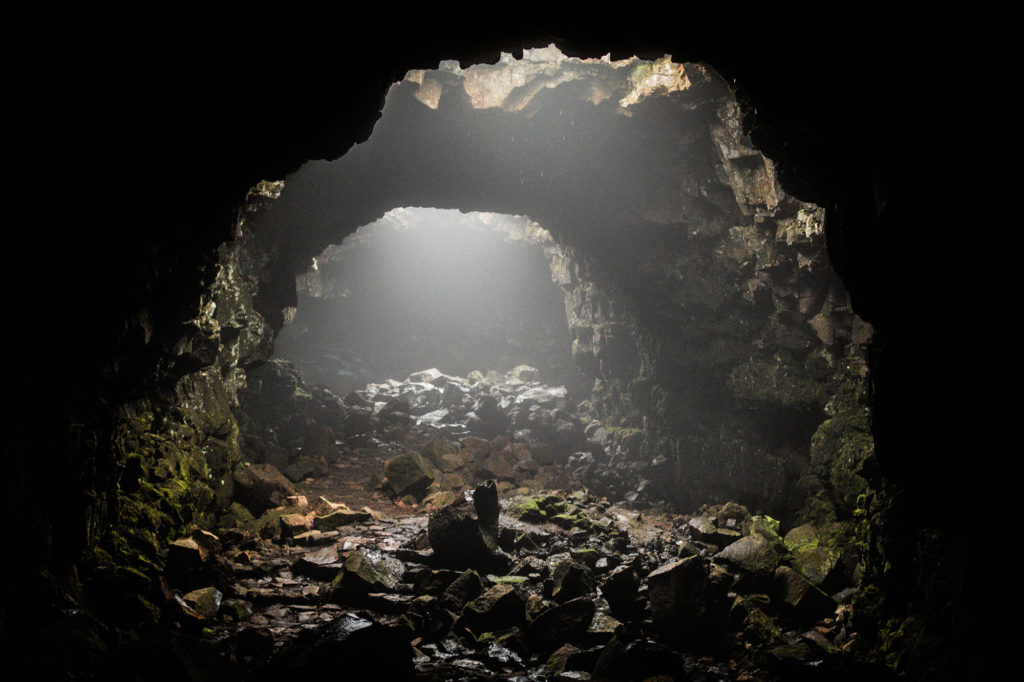
Organisms can be found in extreme locations: places without light, with high heat or freezing temperatures, low oxygen, high salinity (salt), and even combinations of these factors.
Caves can have complex food webs and large animals like bats or aquatic crayfish.
How are these organisms surviving without sunlight energy?
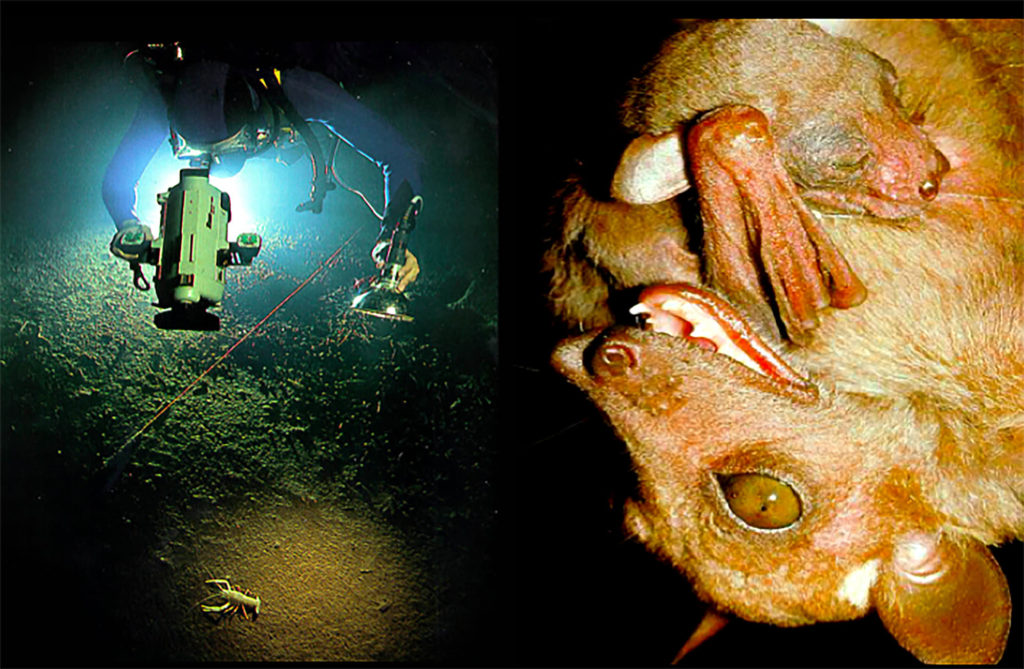
Two answers:
The bats leave the caves to feed, so they are living off of sunlight-based food webs. Their fecal material (\”guano\”) that they deposit back in the caves can support detritivores and decomposers.
In caves completely shut off from sunlight, chemosynthetic producers convert molecules into sugars that can be used by consumers.

Let\’s take a tour through some of the most extreme habitats. You\’ll quickly see that the producers are species of bacteria and archaea that can tolerate conditions that would destror most life.


Thermophilic \”heat-loving\” microbes (micro-organisms) can survive extreme heat.
Halophilic \”salt-loving\” microbes can survive extreme salinity.


Living bacteria and archaea have been found in lakes far below the surface ice in Antarctica.
On some parts of the deep ocean floor, complex food webs are built around chemosynthetic bacteria and archaea.

If life exists in these extreme habitats, could there be life on other planets or moons in our solar system?
As far as we know, life relies on liquid water. Space agencies are searching for evidence of water, as well as evidence of organisms themselves: remnants of complex, constructed molecules.

Missions are already underway to study the potential liquid oceans under ice on the moons Europa and Enceladus.

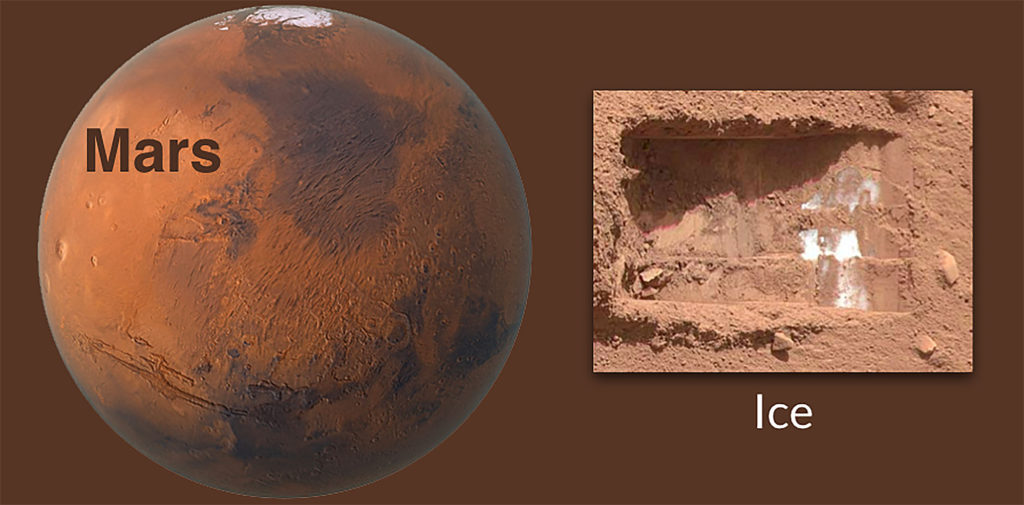
Mars is still the most likely location of life in our solar system, other than Earth and organisms we may have accidentally transferred to the moon.
Mars has small amounts of ice on the surface and may have some liquid water deep underground. It may have also had life in the past when it had a more intact atmosphere.
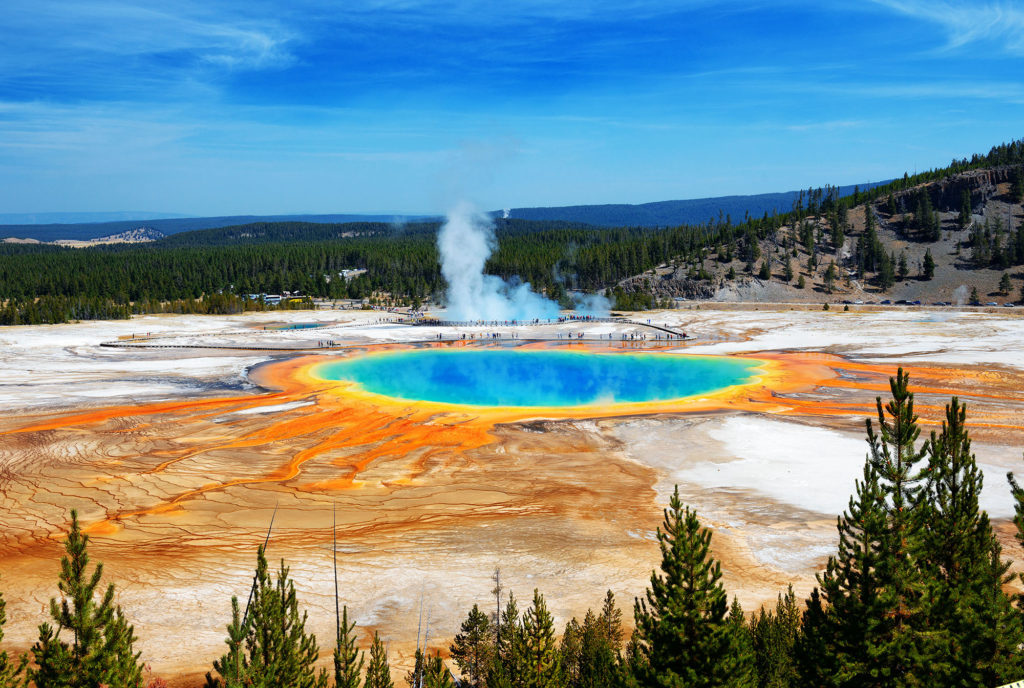
Check your knowledge. Can you:
-
describe how food webs exist in caves?
-
provide examples of organisms that live in extreme habitats?
-
list the conditions that may support life beyond Earth?